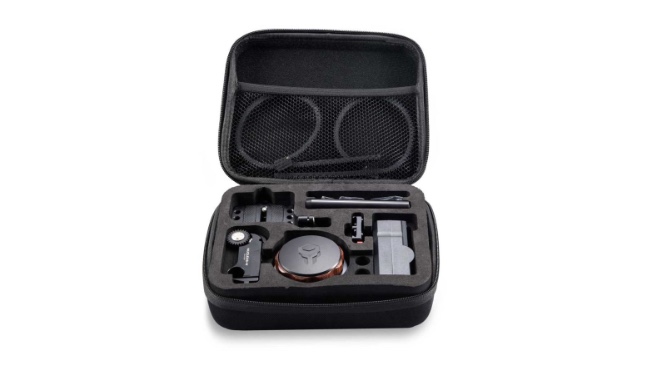
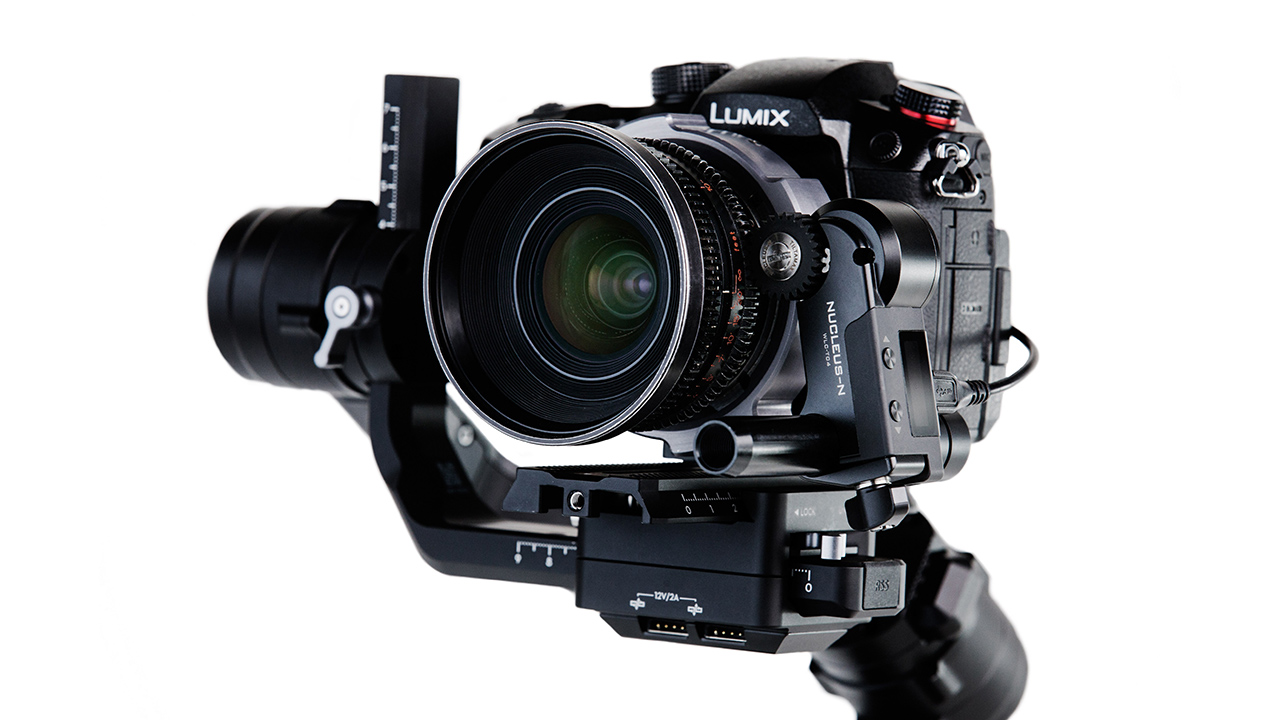
Review: $229 for a quality professional motorised follow focus system? Kevin Luiz thought his eyes were deceiving him at first too. Here's what he thinks of Tilta's Nucleus Nano system.
Like many of you, I’m on a budget and I have a ton of overhead costs to run my day-to-day operations. The acquisition of gear has been slow yet steady and there are a number of priorities that come far before a wireless follow focus system. Admittedly, I don’t pull a lot of focus in my work and when I do, it’s usually by hand. So when the Tilta Nucleus Nano entered the scene, I said to myself: “Noooo, that can’t be right, $229 for all that!? What’s the catch?”.
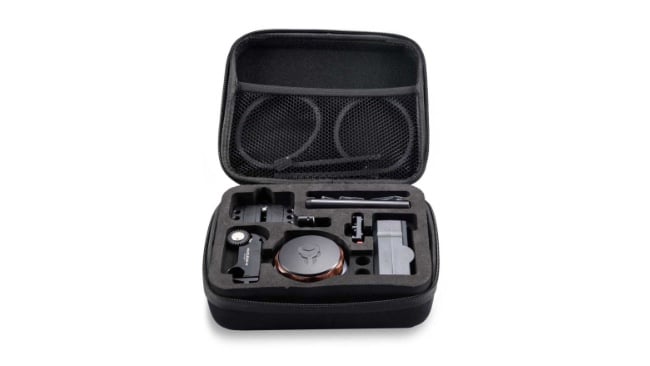
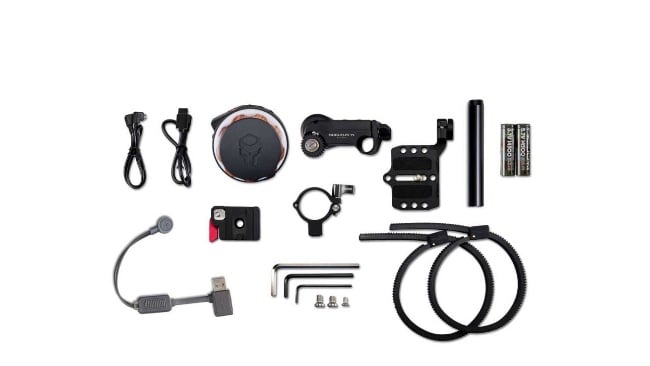
For those of you that are unfamiliar, Tilta has been aggressively flooding the market with technologically advanced product solutions at affordable costs for the past couple of years now. The Nano is a complete system that includes one wireless motor and one hand unit, along with a soft case, a myriad of mountable solutions and a couple of accessories. The hand controller comes with a set of special batteries, along with a rather minimalistic charging cable. On the motor side of things, the unit does not have an internal battery but requires a 5 Volt power source via the micro USB port.
It does feel like an “ahhh gotcha!” pitfall to the system, but if that’s the worse caveat, then we are really being picky here. I’ve come up with the clever solution of soldering a sleek looking micro-USB cable to a DC connector, piggybacking off a third-party Sony NP battery mounted on my Shogun. This keeps the unit compact and low profile via some clever cable routing into the frame of my rig. Eventually, I’ll be switching to a V-Lock battery system with a regulated 5V out, but the great thing is that the Nano can accept up to 18V, so you really don’t have to worry about downing your voltage to the motor.
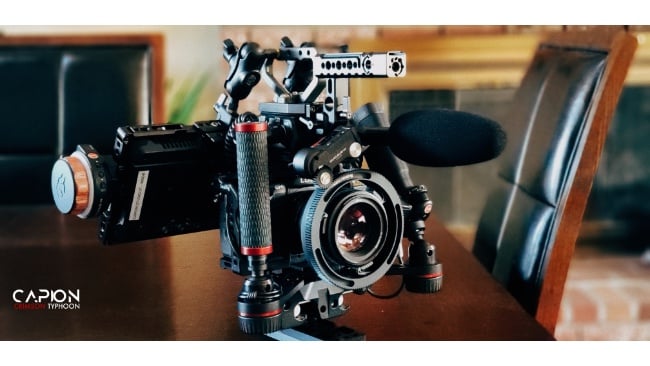
Performance
Performance is as expected. The wireless range on the hand unit runs about 300 feet which is pretty good for a unit of this cost. Motor latency, from what I have witnessed, (or lack thereof) appears to be imperceptible. It truly feels like a one-to-one when you turn the hand controller dial. I believe the biggest crux is that the motor’s torque is only designed for medium to smaller sized lenses with smooth throws. This could, of course, be open to interpretation as you could supply a greater voltage to the unit, theoretically increasing its torque. The larger, older cine lenses with long throws and tight rotations might stress the motor, so, really, this system is designed for still photo lenses, compacts, or modern cine lenses with smooth focus modules. The motor gears have a standardized 0.8 pitch and even provide a set of gears to strap to your lens. I’ve opted for the Broken Anchor Zero lens gear, which I will be reviewing separately.
Motor Mapping & Features
Lenses are not created equally with any form of standardized throw. So, the Nano can map the lens’ focus throw by two methods. If the lens has a hard stop, quite possibly the quickest way to map a throw to the hand unit is the auto-calibration feature. The motor will run its course, turning the barrel of the focus module till it detects a hard stop and then turn in the other direction until it discovers the opposite hard stop. Once complete, you’ll have the full throw mapped to your hand unit so you can utilize the full throw of the wheel. Alternately, you can manually calibrate a lens that does not have a hard stop. On the hand controller dial, there is a “CAL” button. Simply bring your lens and hand controller to the far end of macro (till you can’t turn it any further on the wheel) and double-click the “CAL” button. Now turn your hand controller till you reach infinity or your lens and double-click the “CAL” button once more. Your range is set and the calibration is complete.
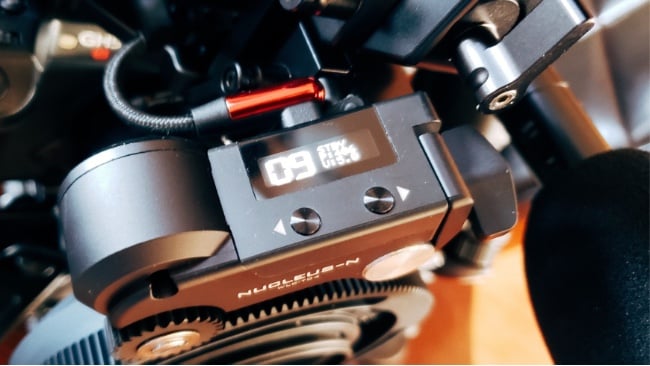
Another nice addition to this is setting an A-B range. Say, perhaps you are repeating pulls and know your target will land on a mark. You can now set the threshold within your calibration to hit those marks without necessarily going past your focus point. Personally, I don’t perform narrative work, but I can most certainly see the merits of this in the application.
Lastly, the biggest selling point for me was the Nano’s interconnectivity with its big brother the “Nucleus-M” line. For most applications, my rig is set up similar to a RED, so I like to have all of my functions at my fingertips. With the Nano, I can drop the hand controller into slave mode and opt to have the Tilta Max Handgrip as my master controller. This gives me full FIZ control (with additional motors) along with a REC trigger that runs into my remote port. I currently have the focus at my fingertips and when I want to add a zoom motor, I can add it to the additional channel (up to ten channels in total). I also primarily use a set of Nikkors so I can reverse the focus direction on the Tilta devices, making shooting with these lenses a breeze!

Conclusion
I have been in the market for a wireless follow focus system for a while now; it just has never been a priority. At this price point, however, it’s hard to ignore. The Nano, paired with my handheld/gimbal rigs, has executed pulls faithfully. Granted, this motor isn’t designed for every lens, but for 90% of my set, it most certainly fits the bill. As with any product, there’s bound to be hiccups or faulty units out in the wild, but to date, I’ve yet to have an issue (knock on wood!). All of this taken into consideration, for $229, I recommend the Tilta Nucleus Nano highly.
Tags: Production


Comments